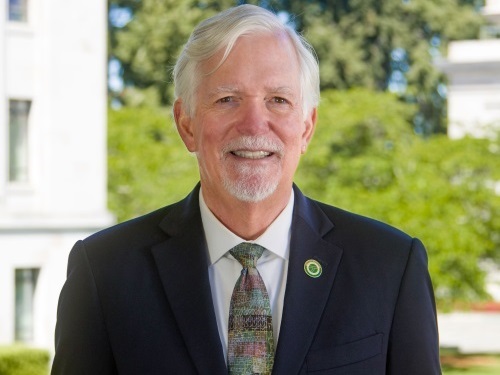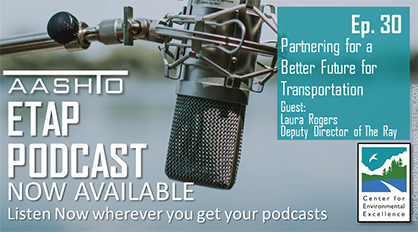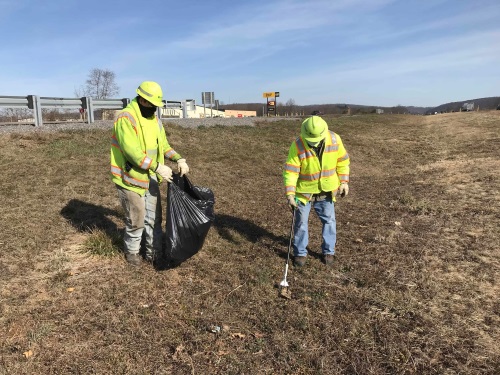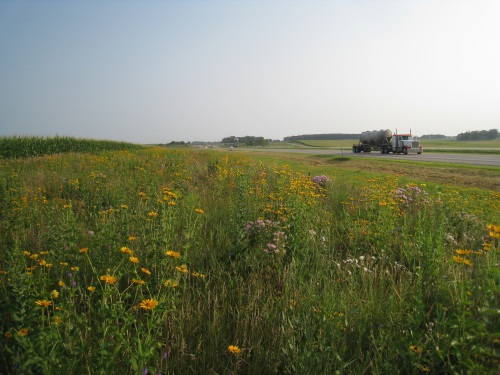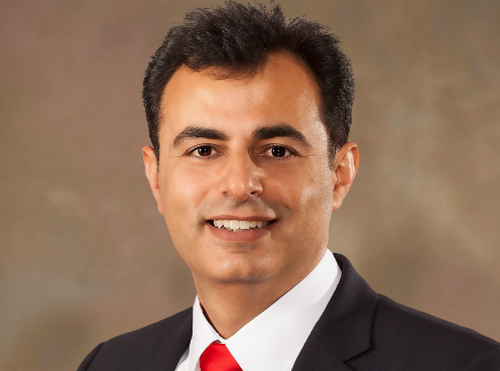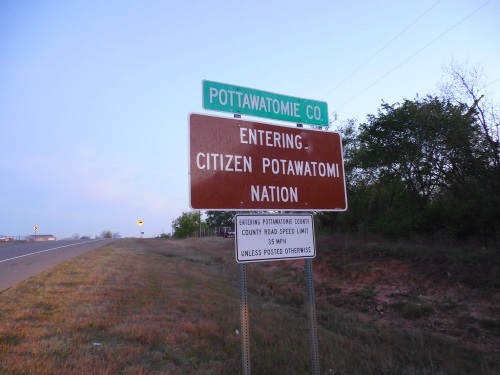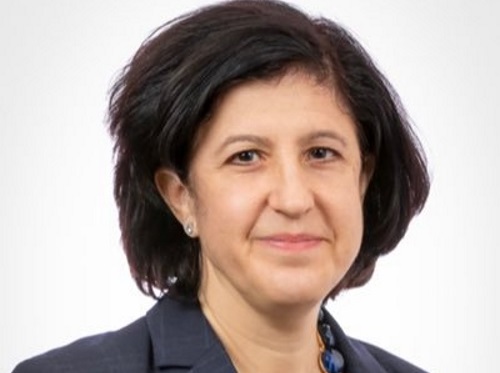At its 2022 Annual Meeting, held in October in Orlando, the Board of Directors of the American Association of State Highway and Transportation Officials elected Roger Millar (seen above) as its 2022-2023 president.
[Above photo by WSDOT]
Appointed secretary of the Washington State Department of Transportation in August 2016, Millar – a 1982 graduate of the University of Virginia – is a fellow of the American Society of Civil Engineers and a fellow of the American Institute of Certified Planners.
He also serves as president of the American Society of Civil Engineers’ Transportation and Development Institute, is chair of the Intelligent Transportation Society of America’s board of directors, and is a member of the National Complete Streets Coalition Steering Committee.
An experienced land-use and transportation engineer, planner, and program manager – with an international reputation for innovative approaches to conservation and development – Millar’s key emphasis area during his one-year term as AASHTO president is transportation system resilience.
That includes preparing for and adapting transportation infrastructure to changing conditions and climate-related disruptions like wildfires, flooding, excessive heat, sea-level rise, and extreme storm events.
In this ETAP podcast episode, Millar will discuss how his decades-long transportation industry experience led him to make resilience his key focus area as AASHTO 2022-2023 president. Click here to listen.

